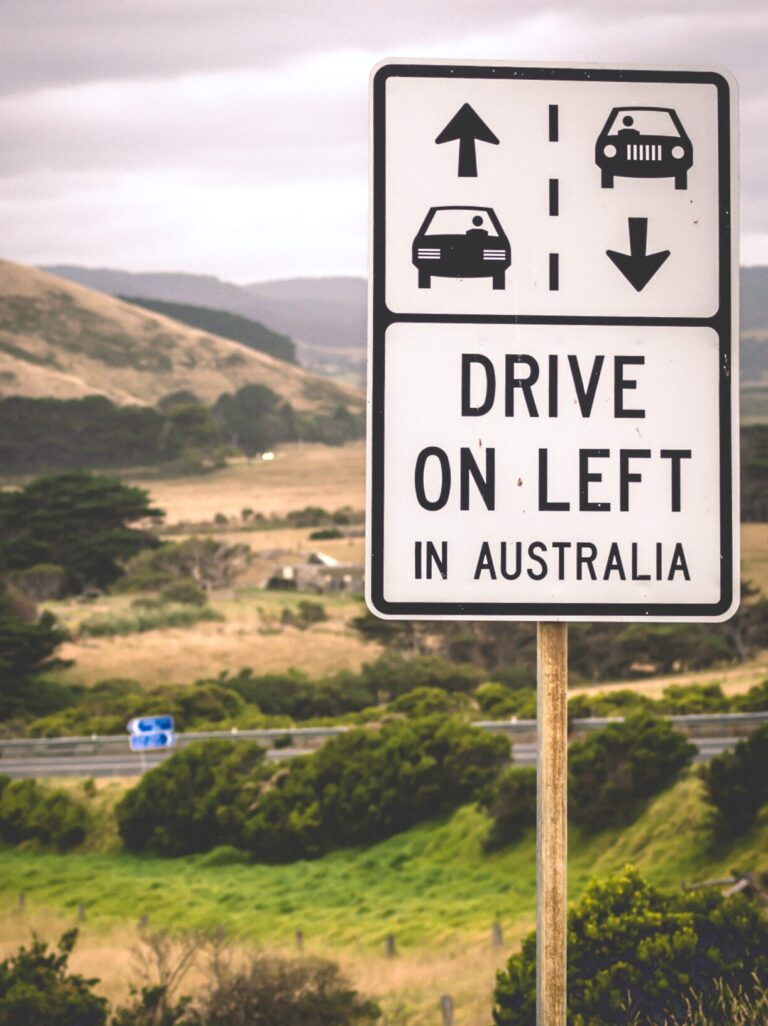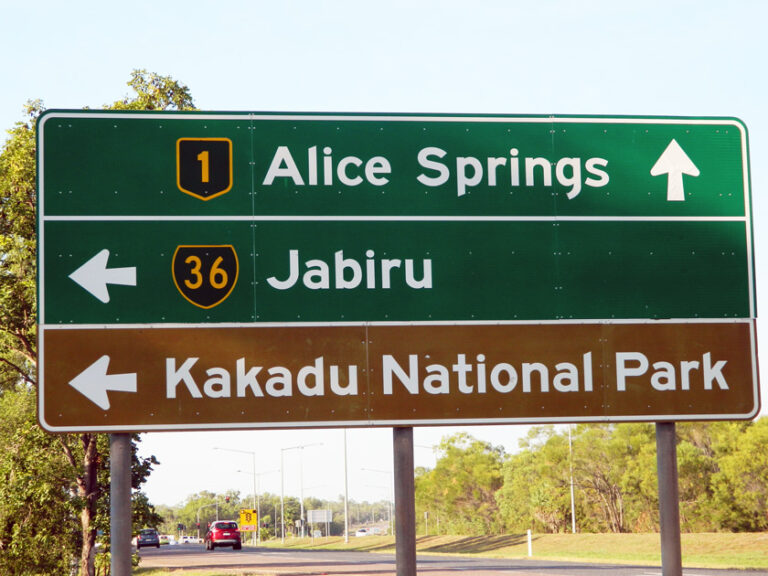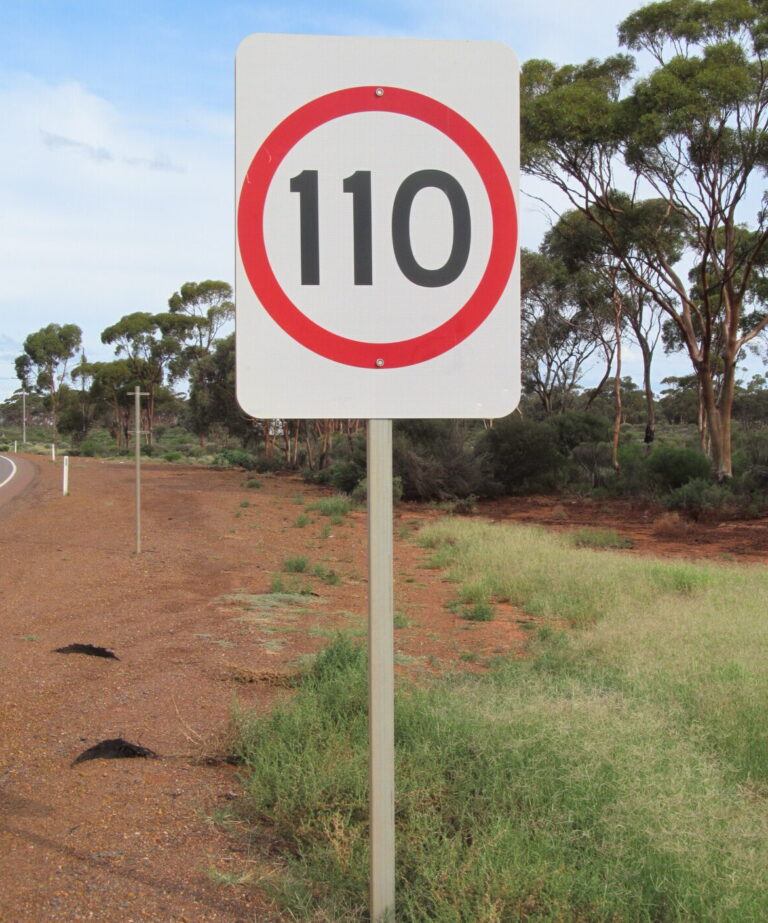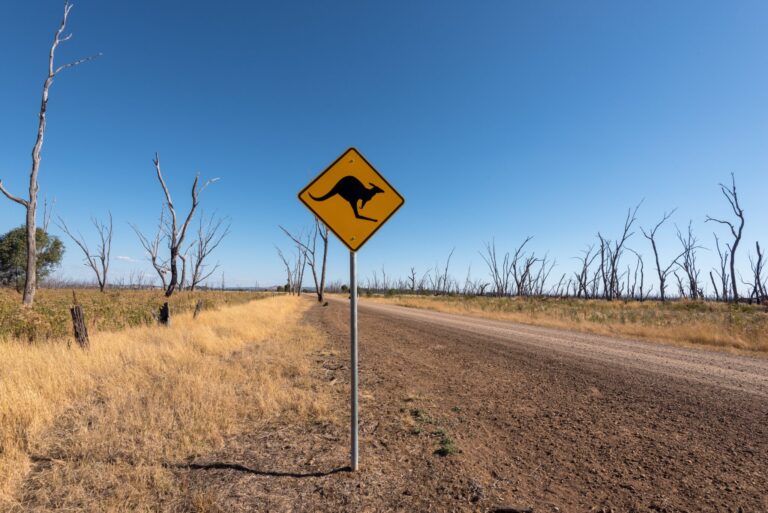If you're looking to holiday in Australia, it's important that you understand the road rules and signage, so you don't end up on the wrong side of the law. It's also vital for your safety, and enjoyment, as getting lost or in trouble is never fun.
Each country has its own unique way of getting around by car, and some of our laws and signage can be a little confusing. That's why we've put together this handy traveller's guide to Australia's road rules and signs.



